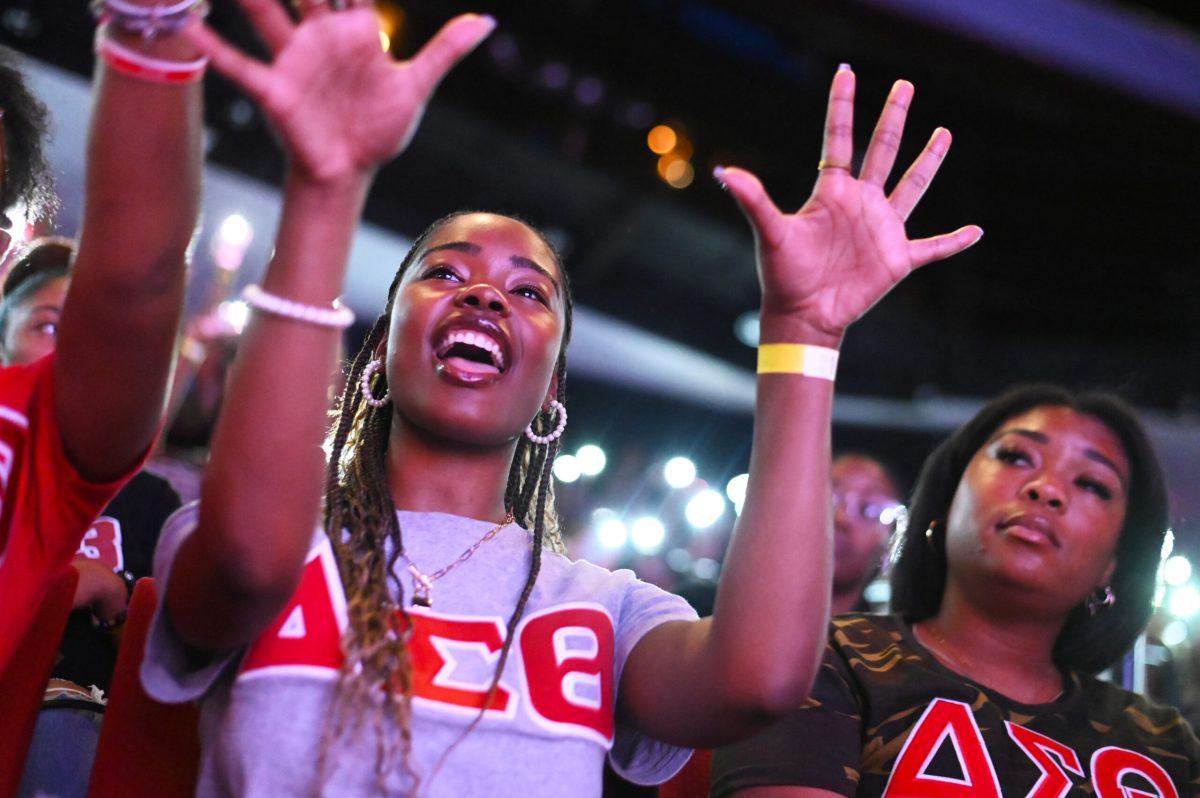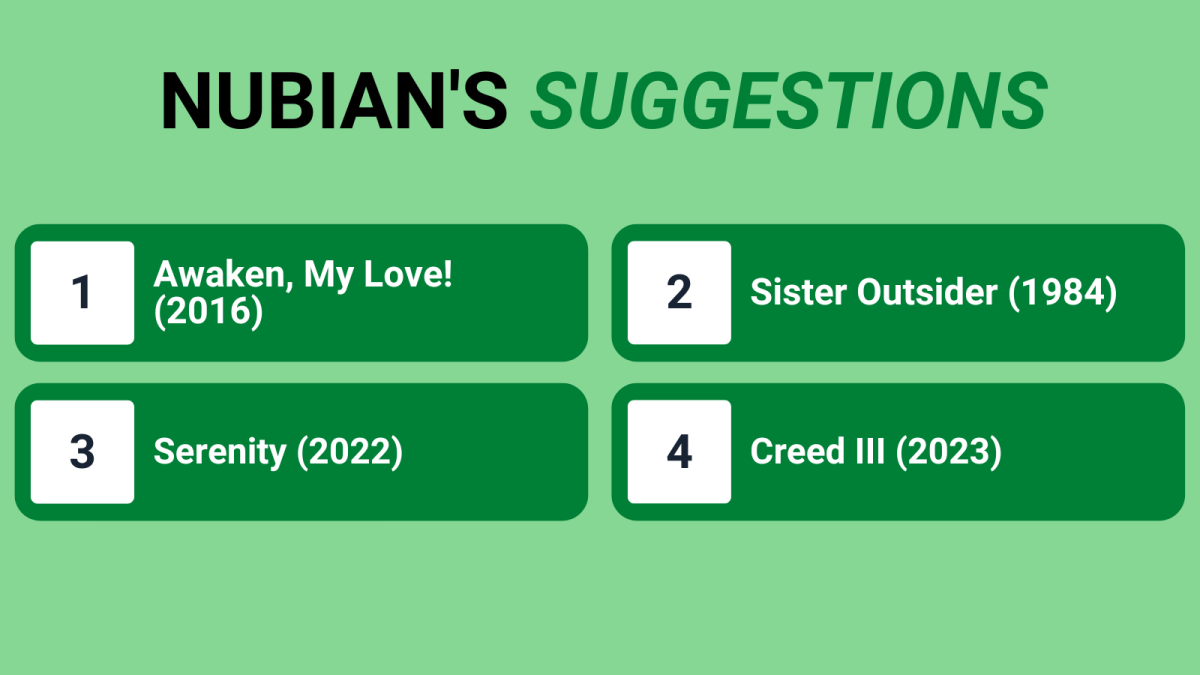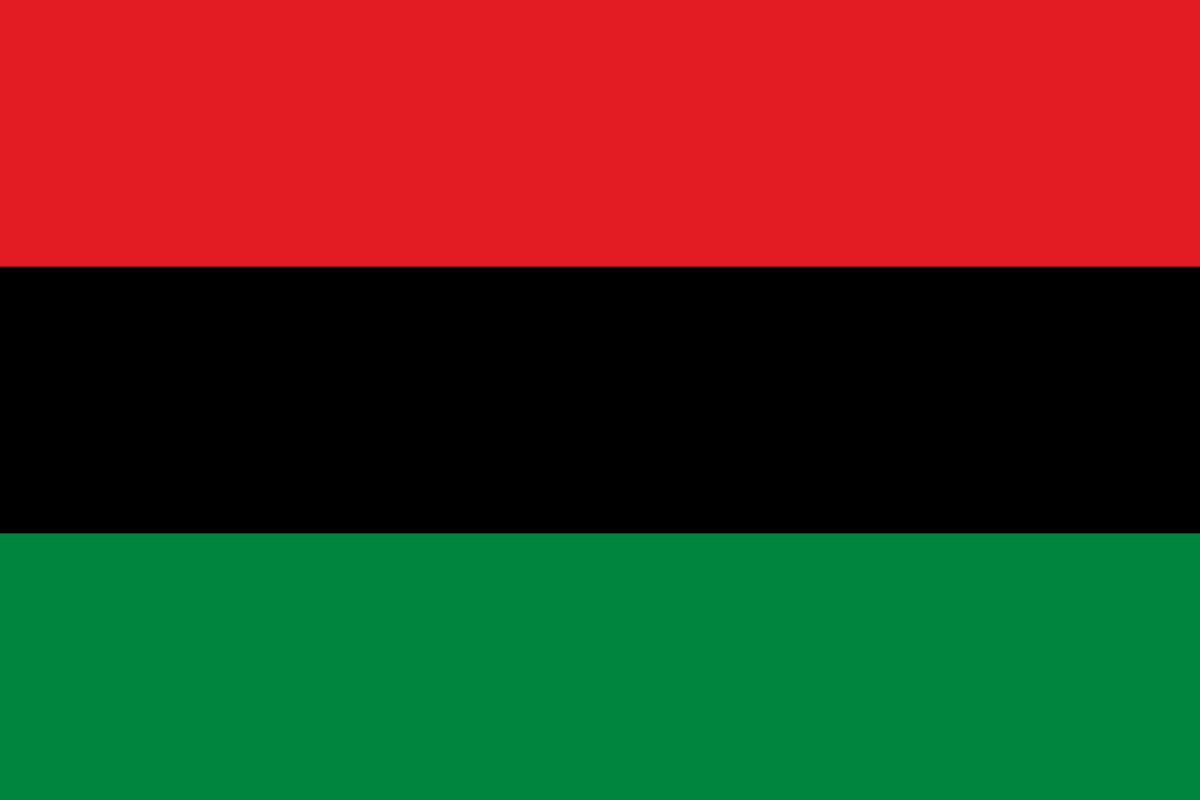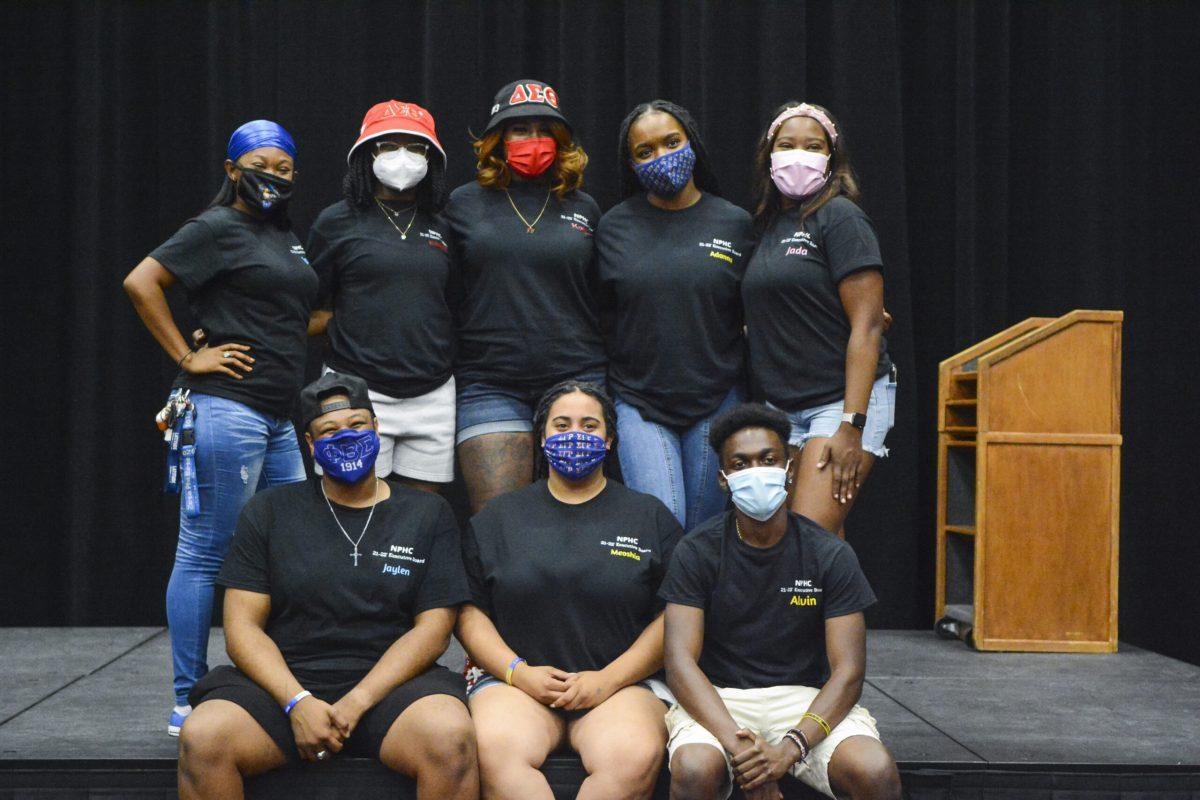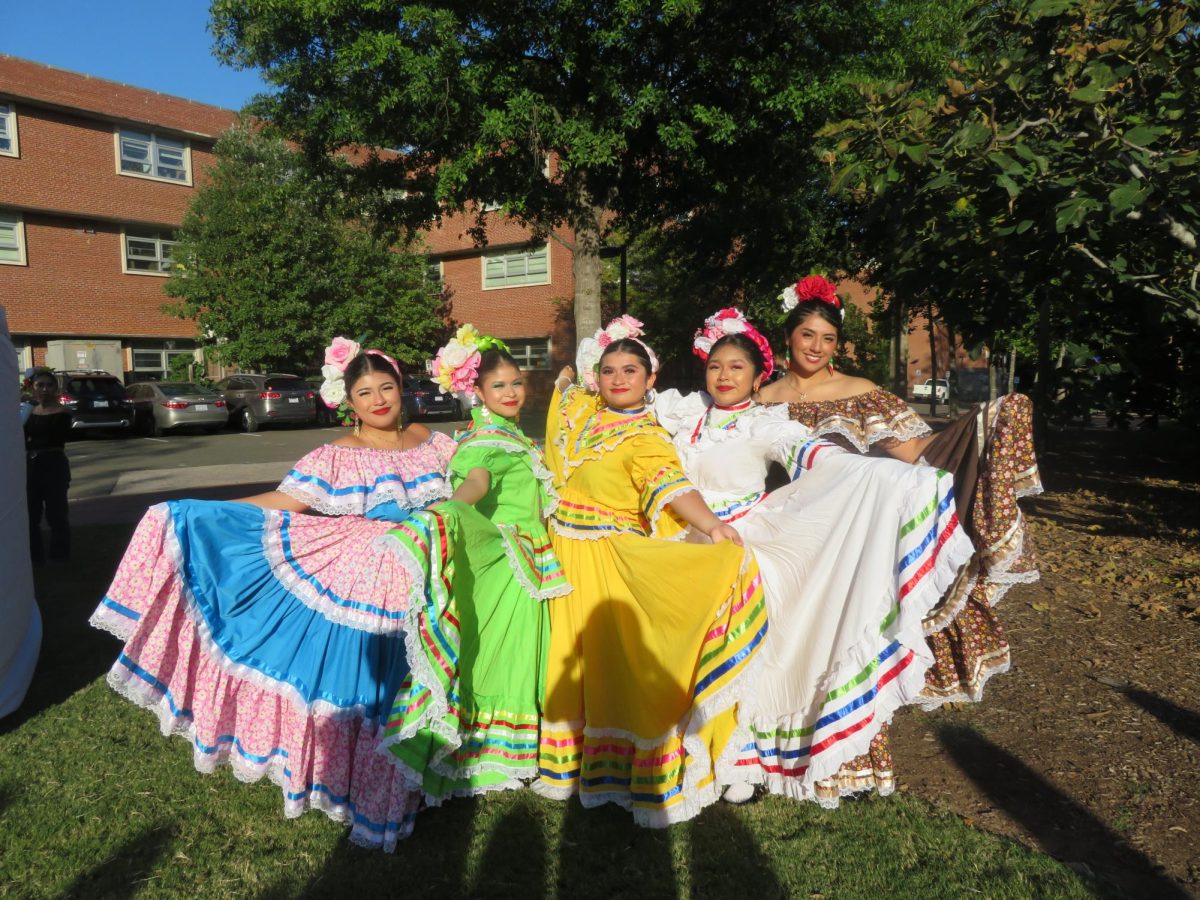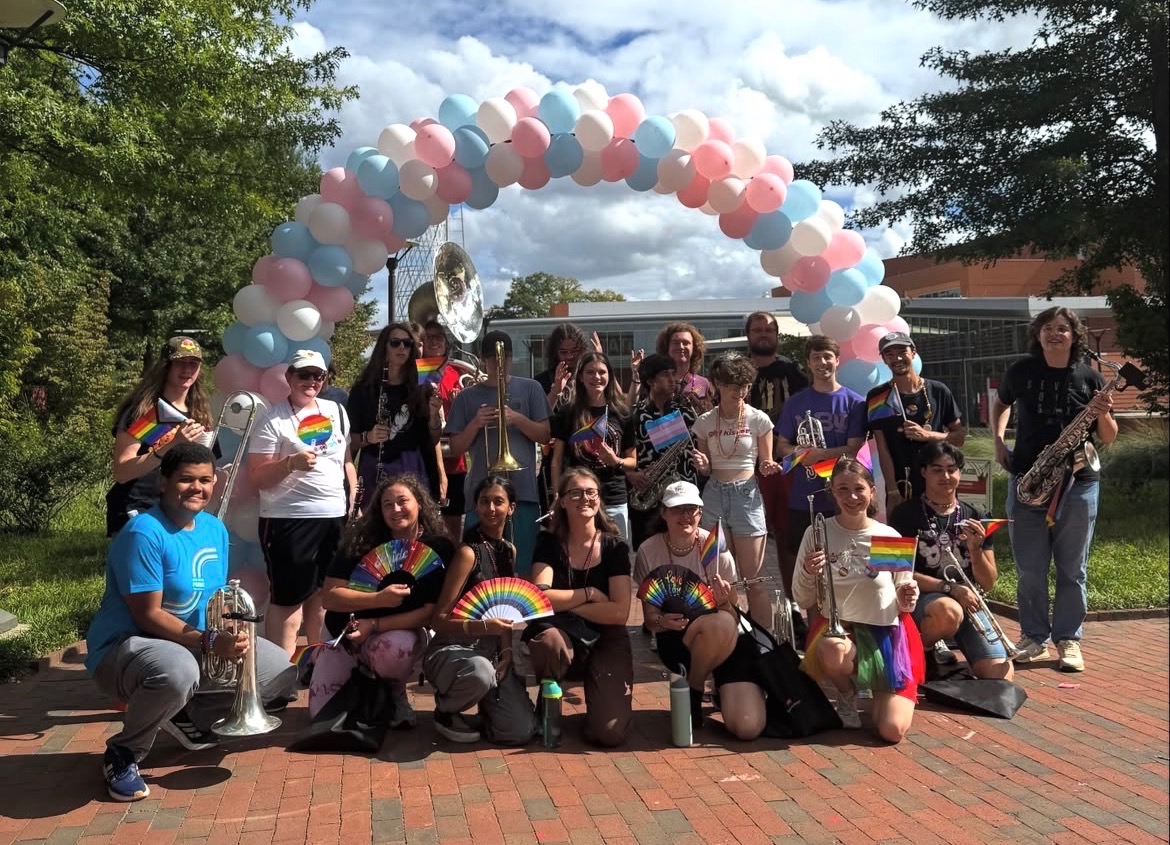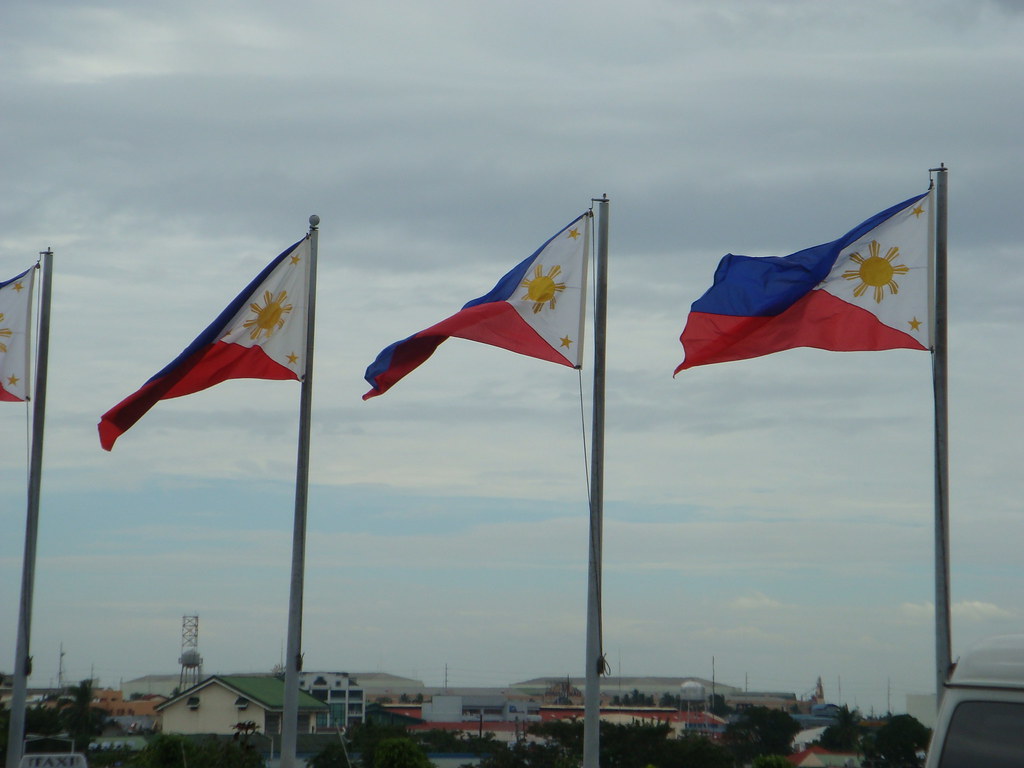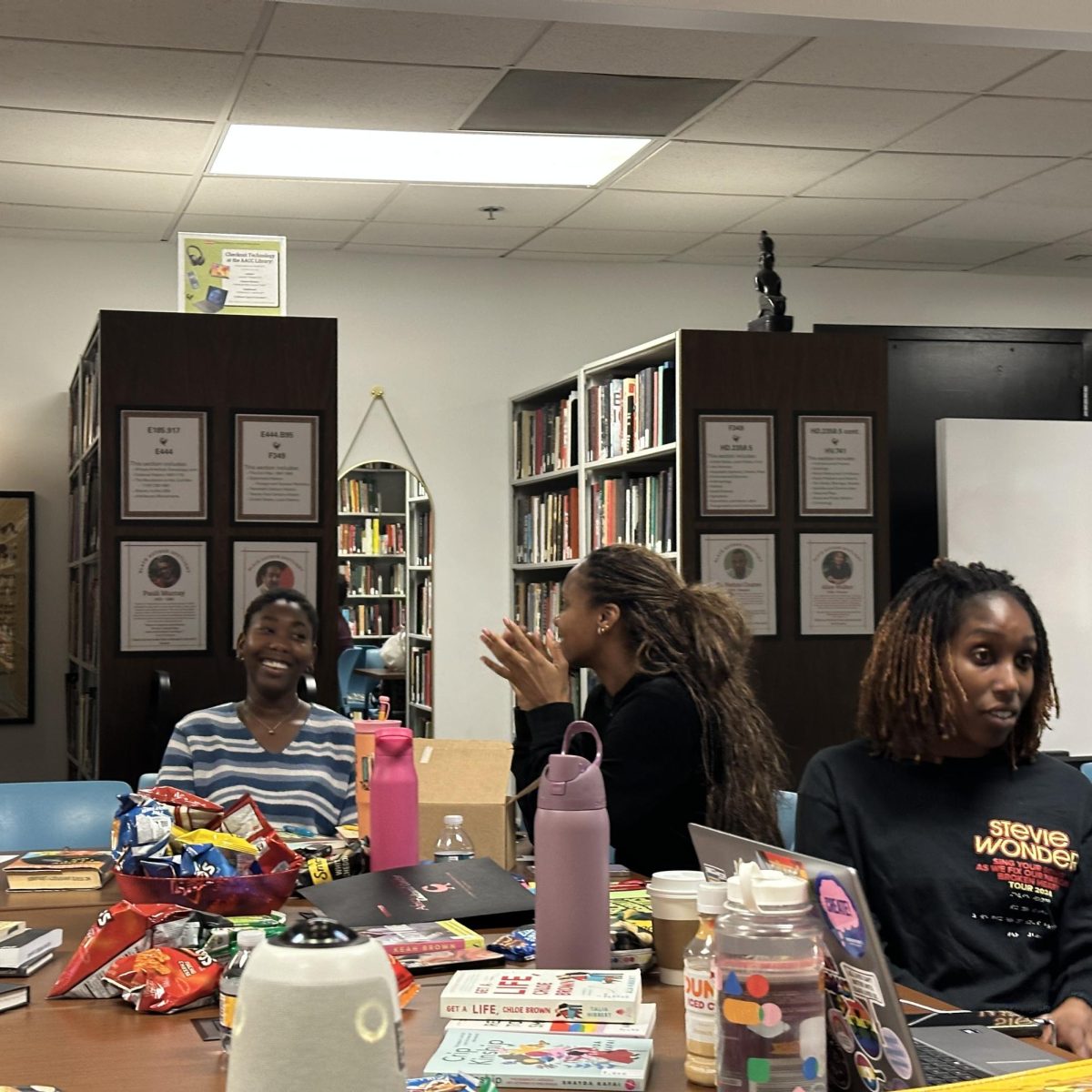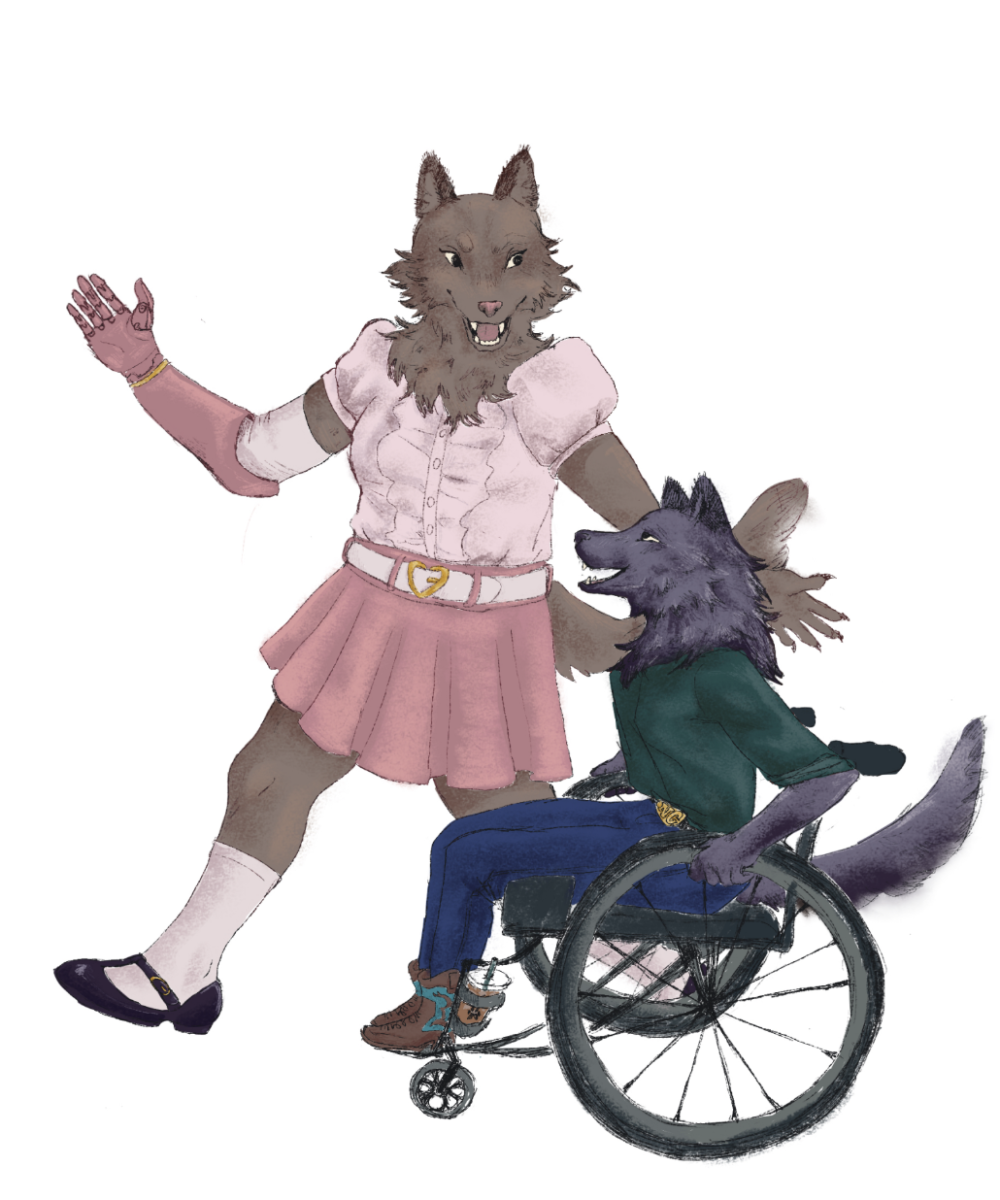Shanmukha Sandesh/Nubian Message
Kennysha Woods | Managing Editor
In the last four years that I’ve been an NC State student and a resident of Raleigh, I’ve frequently stopped and wondered, “Where are all the black people at?”
NC State is a predominantly-white school in a predominantly-white city, and while it offers an array of events and organizations that are tailored to the black community—that allow the black members of the Wolfpack to gather together and build personal connections amongst ourselves—I feel very differently when considering the city. It’s easy for me to be clued in on what’s going on in my community on our campus; but when it comes to the black people of Raleigh, NC, I’m lost.
So when I heard about the African American Cultural Festival via word of mouth, I knew I had to go.
According to their official website, the African American Cultural Festival of Raleigh and Wake County is a “celebration of African American culture as expressed through art, music, food and community.” It’s an annual, two-day festival planned by the African American Cultural Festival Board of Governors, and since it began in the year 2010, it has drawn an increasingly larger crowd of locals, artists, business owners and tourists.
I attended the first day of the festival on September 1, and upon arriving to Fayetteville Street where it was held, I was taken by the number of tents lined up on both sides of the road.
As I walked through the festival and looked at all the wares for sale, a sense of belonging washed over me. Everywhere I looked, there was blackness—in painter Abdul Badi’s stunning works like “Boys Fishing” and “Surma Girl,” in Aniqua Wilderson’s brown- and dark-skinned crochet dolls and even in the T-shirts depicting Obama on a missing person poster. The majority of the vendors, volunteers and public attendees were black.
There were also black-owned businesses and organizations, like Z-Fitness with Jacque Inc. and Phi Beta Sigma Fraternity, Inc. Musical performances and educational workshops were scheduled throughout the day and took place simultaneously at both ends of the street and in front of the Wake County Courthouse.
At one tent, I participated in an African drumming workshop, where various drums were set up in a circle and the leader, Osei Appiagyei, instructed us on how to hit the drums to create different sounds. He then led the group into song where each of us played our improvised solos at his cue.
Among the performers was the Southeast Raleigh Magnet High School dance company E-Motion, a team of extremely talented young black girls who performed three different styles of dance, including a contemporary piece choreographed by a previous member of the team titled “Love of an Angel.”
It was amazing to see African-American culture celebrated in the heart of downtown Raleigh. I feel it’s a given to say that our culture is beautiful and should be at the forefront of everyone’s attention, especially in the current social climate. It was wonderful to see so many different representations of blackness in one space.
But moreover, I was elated to finally feel the presence of Raleigh’s black community—not just the black community at NC State. Knowing that there are opportunities for us to go beyond the boundaries of our campus and connect with the black community of our city is comforting, and I believe that with some active effort on our part, our community can help make everyone aware of events like the cultural festival where we can foster that connection between the campus and the Raleigh community.
One woman I met at the festival was a volunteer named Yomo Kenyetta. She’s been a resident of Raleigh for the past 21 years, and this was her first year volunteering for the festival. “There’s so many wonderful, natural things that I love and don’t get to see in person,” Kenyetta said. “[The festival] is truly a celebration, and I’m glad to be a part of it.”
I can’t help but share those sentiments.


